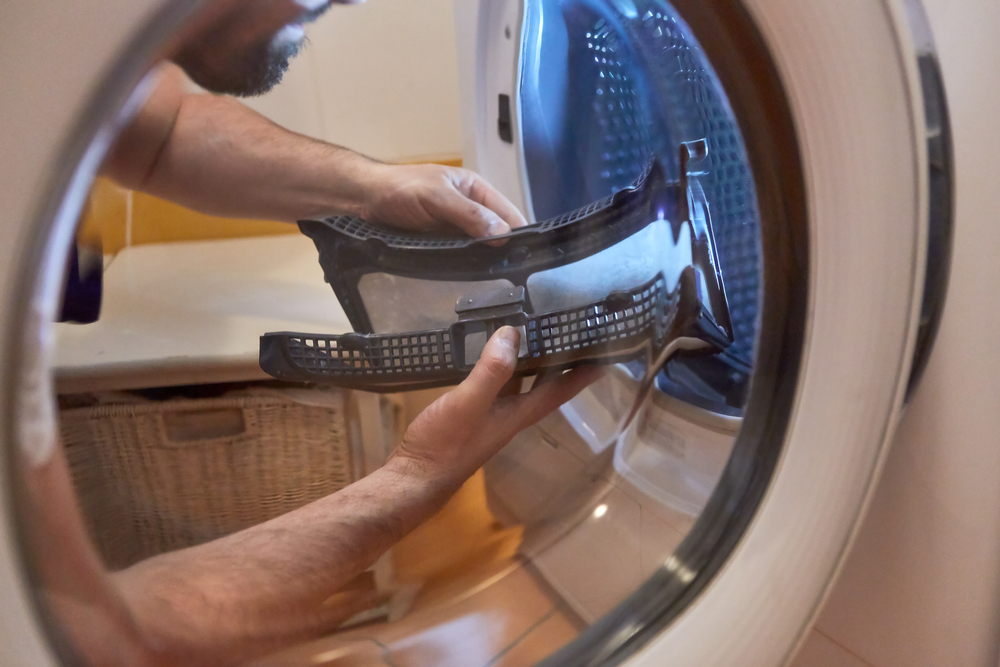Due to the special challenges posed to houses by the chilly winter months, home owners must prepare their dwellings for the season ahead. There are a number of things that can go wrong in the winter, from the possibility of harsh weather conditions to the possibility of damp problems, and the best course of action is to prepare for these things in advance. Avoiding costly repairs due to issues brought on by cold weather and all the drawbacks it brings can be achieved in the most efficient manner by taking this precaution. Some of the best advice for winterizing your home is included below.
Make Sure Basement Pump is Working in Your Home
First, before the winter months arrive, you may want to inspect your sump pump if you aren’t familiar with damp treatment options. This is due to the fact that sump pumps are the last line of defence against moisture accumulation. Condensation in the home can cause issues with damp, mould, and even flooding if it collects in the basement. Therefore, you should locate the exterior pipe of your house and check for any signs of blockage caused by dirt or debris. By doing so, you can prevent water damage by ensuring that all moisture is being drained from your home.
Perform an Electrical Check
Darker days and chillier temperatures are hallmarks of winter. Consequently, you wouldn’t want a power outage to leave you in the dark and without heat. If you want to avoid any unpleasant surprises once winter really sets in, it’s important to check the condition of your home’s wiring and electrical outlets now. Before the cold weather sets in, it’s a good idea to inspect your heating system and electrical outlets. This way, you can check that your electrical system is in good enough shape to withstand winter’s more severe weather.
Make Sure the Dryer Vent is Cleaned in Your Home

Since the cold air slows down the drying process, we rely more on our tumble dryers in the winter. Despite this, accumulated lint in the tumble dryer is a leading cause of house fires, and it can also lead to higher energy costs. In a time when living expenses are skyrocketing, this is the last thing anyone needs. Removing the lint from the trap by hand is the most efficient method of cleaning your tumble dryer vents, followed by a quick pass with the vacuum to get rid of any stray bits of lint.
See How Your Window Wells Fare
Windows in the basement provide ventilation and natural light. Even though they prevent dirt from collecting around window hardware, they can actually cause more problems if not regularly cleaned and oiled. For instance, if the soil pressure is too great, the gaps between the foundation’s stones could widen, allowing water to seep in and flood your basement. As a result, before the colder months set in, you should check to see that your window wells aren’t buried in soil; otherwise, your basement could be in danger.
Drains and Gutters Should Be Inspected
Finally, inspect the gutters and downspouts. Rainfall totals tend to be higher in the winter, so having functional drains and gutters is crucial. Keep your drains and gutters clear of debris like leaves and twigs to prevent flooding and the resulting dampness and potential roof damage. Having a roof issue during the colder months is a major inconvenience.






